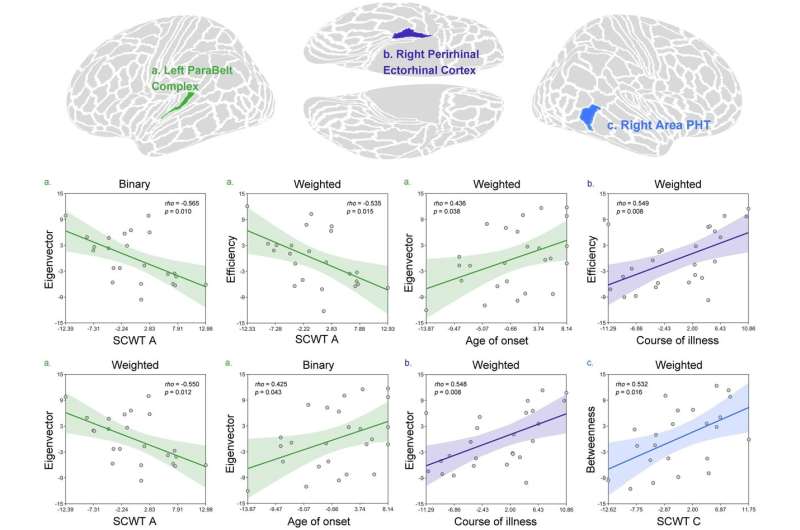This article has been reviewed according to Science X's editorial process and policies. Editors have highlighted the following attributes while ensuring the content's credibility:
fact-checked
proofread
Brain study uncovers new insights into major depressive disorder in adolescents

A team of dedicated researchers from South China Normal University delved deep into the unique brain network dysfunctions present in adolescents with MDD. Their study, published in Psychoradiology illuminates the complexities of MDD while also highlighting potential diagnostic biomarkers and opening avenues for future research.
Diving into the core of their research, the team meticulously analyzed the morphological brain networks in adolescents diagnosed with MDD and juxtaposed their findings against healthy peers. From this thorough analysis, two prominent patterns surfaced. First, there was a pronounced upsurge in nodal centralities within the left primary sensory cortex of adolescents with MDD, a vital area for processing somatosensory stimuli. Such increased activity might hint at the brain's strategic adaptation, potentially to offset other disorder-induced disruptions.
Second, the temporal regions displayed a discernible decline in nodal centralities, especially in zones tied to auditory processing, attention, and visual memory tasks. This finding might shed light on the neurological underpinnings of the cognitive challenges often associated with MDD.
A particularly captivating aspect of this research was the stark contrast observed in the behavior of various brain regions. Some exhibited heightened activity, perhaps to sustain cognitive operations, while others retreated, correlating with the diverse symptoms characterizing MDD.
The implications of these discoveries are monumental for the trajectory of MDD research and its subsequent treatments. The unveiled topological brain alterations could serve as pivotal biomarkers, refining the accuracy of MDD diagnosis, especially in younger populations. This insight holds the potential to revolutionize early intervention strategies, reshaping the future for countless adolescents. Furthermore, these distinct brain network dynamics could be instrumental in tracking the progression of MDD and gauging the efficacy of treatments.
By focusing on morphological brain networks, the study also champions a broader research paradigm, encouraging the integration of diverse brain network types for a holistic understanding of MDD. Given the plethora of techniques to construct these networks, the doors are now wide open to pinpoint the most effective methods to decode MDD's nuances.
Yet, while these findings are undoubtedly promising, they call for measured optimism. The limited sample size of the study, combined with the lack of correction for multiple comparisons, underlines the need for more expansive and rigorous studies to fortify and authenticate these insights.
More information: Xiaofan Qiu et al, Aberrant single-subject morphological brain networks in first-episode, treatment-naive adolescents with major depressive disorder, Psychoradiology (2023). DOI: 10.1093/psyrad/kkad017

















